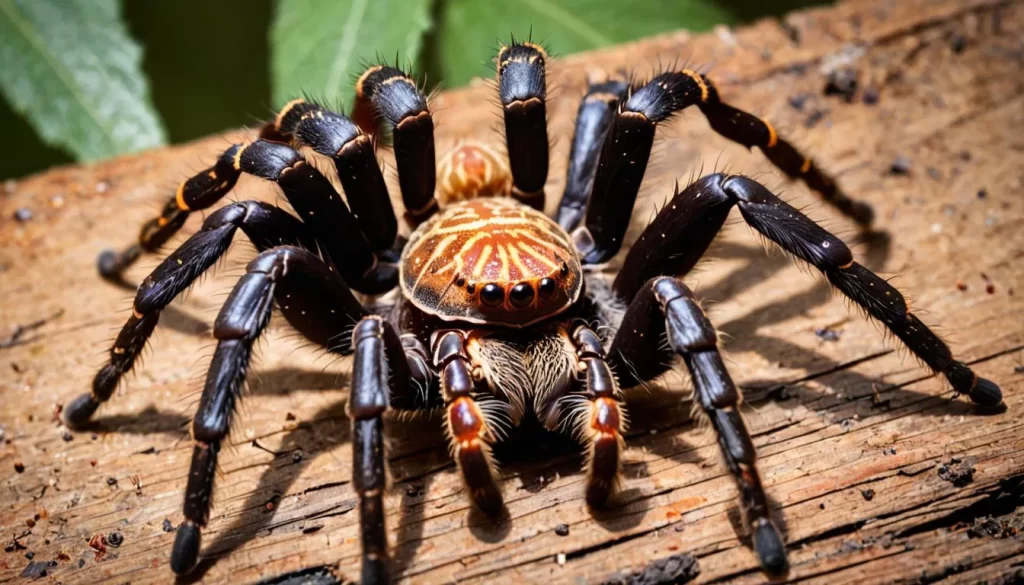Tarantula Infected by Cordyceps Fungus Discovered in Amazon Rainforest
Amazon Rainforest, Brazil – In a rare and chilling discovery, scientists have found a tarantula infected by the Cordyceps fungus deep within the Amazon Rainforest. The fungus, known for its ability to turn insects into so-called “zombie” hosts, was observed in a tarantula—a finding that has both fascinated and alarmed researchers.
Cordyceps, a genus of parasitic fungi, is infamous for its gruesome lifecycle. The fungus infiltrates the host’s body, gradually taking over its central nervous system. Once the fungus has gained full control, it compels the host to move to an optimal location for the fungus to thrive. Eventually, the fungus erupts from the host’s body, releasing spores to infect other nearby organisms.

While Cordyceps is commonly associated with ants and other small insects, this is one of the few documented cases involving a tarantula, a much larger and more complex host. “This discovery is significant because it shows that Cordyceps can infect a wider range of species than previously thought,” said Dr. Maria Velasquez, a mycologist studying the fungus.
The infected tarantula was found in an advanced stage of infection, with fungal growths protruding from its body. The sight of the large spider being overtaken by the fungus was both eerie and scientifically intriguing. “It’s a reminder of the brutal and complex interactions that occur in nature,” Dr. Velasquez added.
Tarantula infected by Cordyceps pic.twitter.com/XR1qCEHigR
— Nature is Amazing ☘️ (@AMAZlNGNATURE) August 8, 2024
Researchers are now studying the specimen to understand how the fungus was able to adapt to such a large host. This discovery could provide new insights into the evolutionary dynamics between parasites and their hosts.
The find has sparked interest beyond the scientific community, with many marveling at the real-life horror reminiscent of science fiction. However, experts assure that while the fungus is deadly to its hosts, it poses no threat to humans.
This extraordinary case highlights the ongoing mysteries of the Amazon Rainforest, a region that continues to reveal new and unexpected phenomena. As scientists delve deeper into this latest discovery, it underscores the delicate and often terrifying balance of life in one of the world’s most diverse ecosystems

